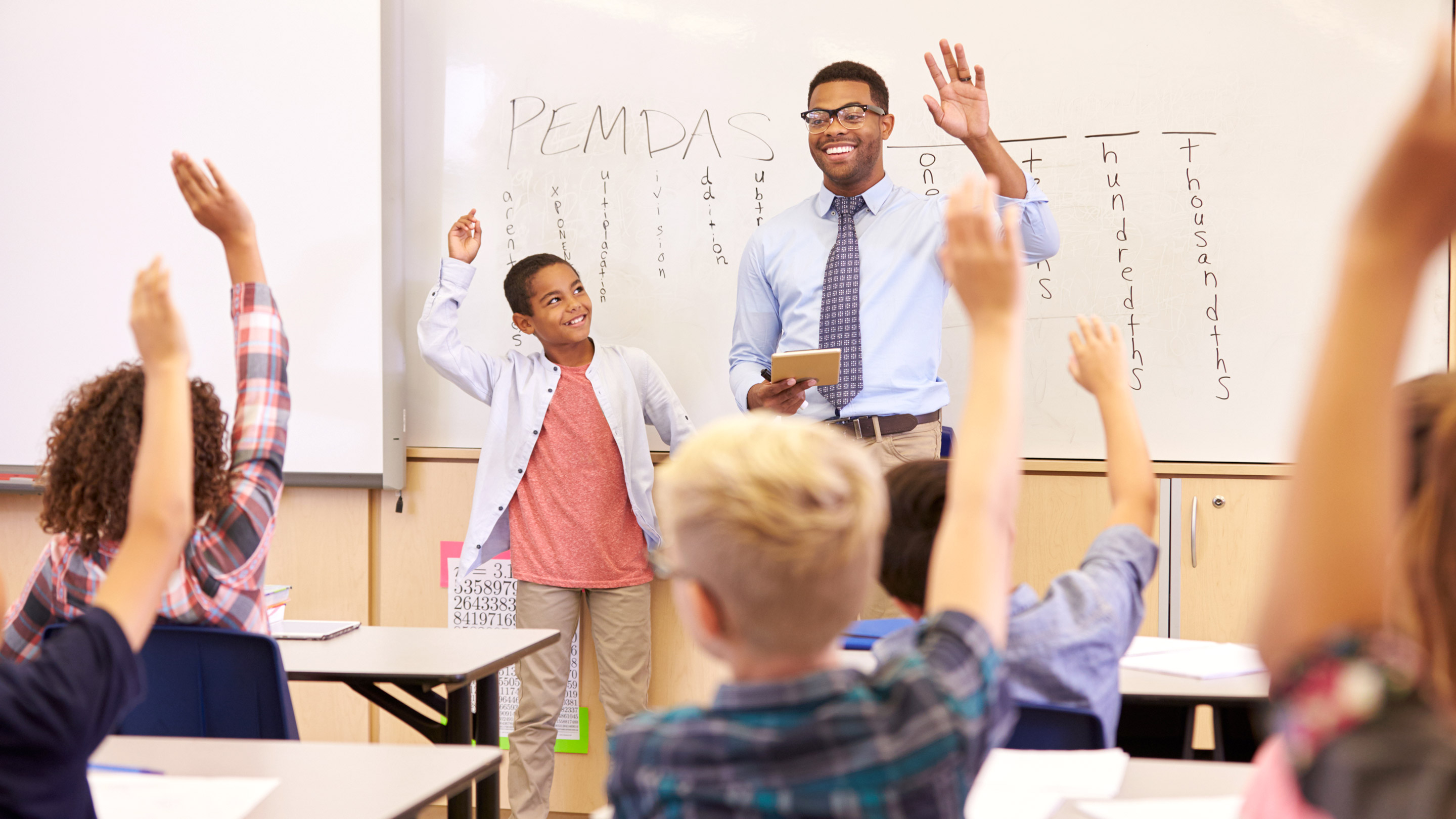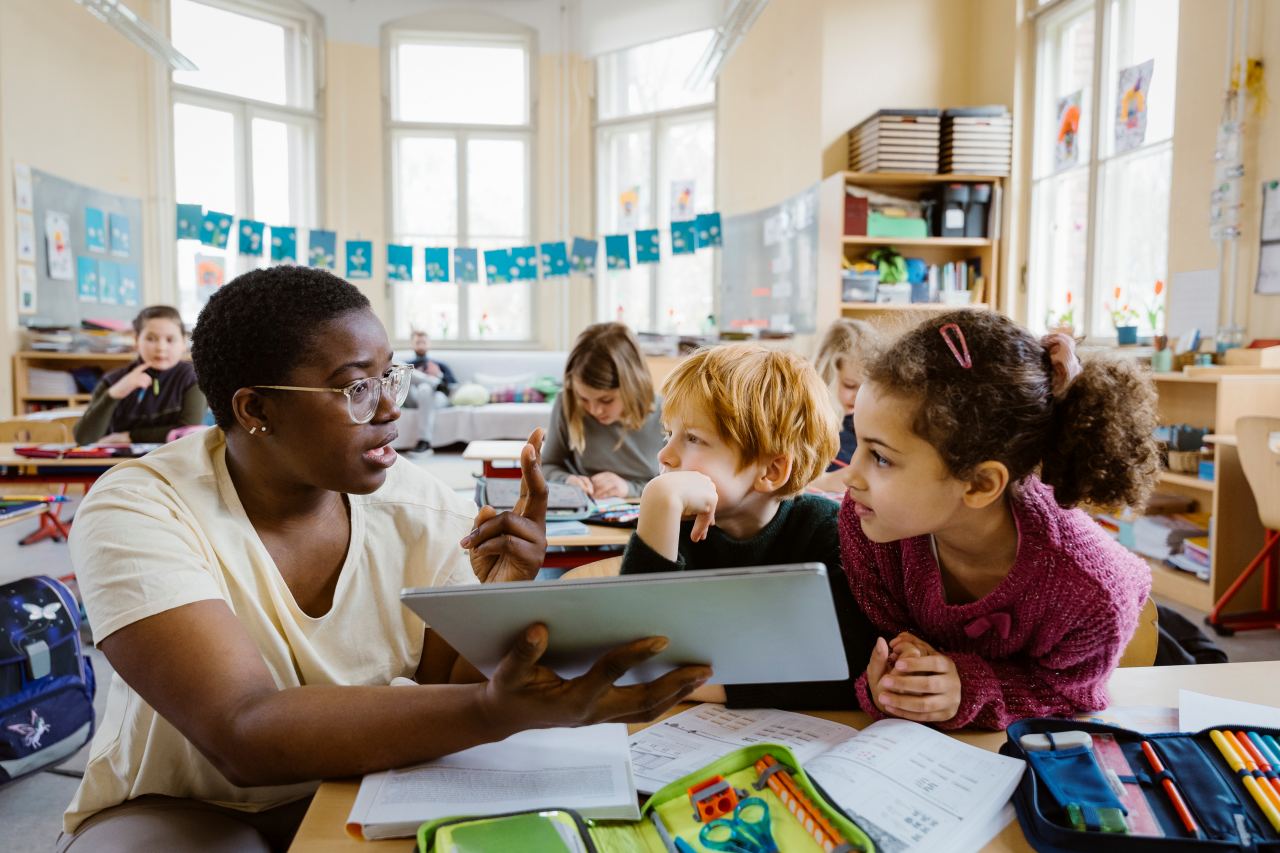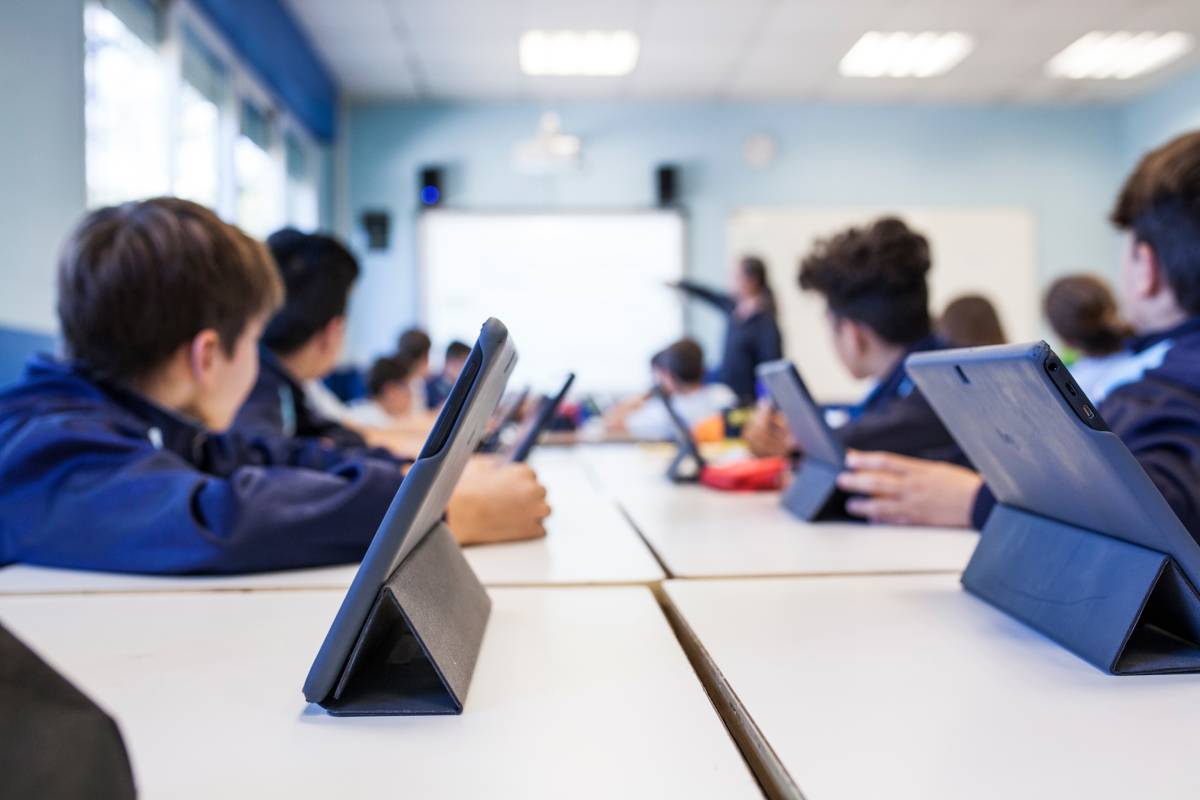Effective Primary Science Tuition Singapore for Better Exam Results
Effective Primary Science Tuition Singapore for Better Exam Results
Blog Article
Exploring the Various Mentor Techniques in Key Scientific Research Education And Learning Today
The landscape of main scientific research education is advancing, with different mentor strategies gaining importance in contemporary classrooms. Inquiry-based knowing, hands-on experiments, and the integration of modern technology are redefining how instructors engage young minds. Furthermore, joint methods and set apart direction are being employed to cater to the varied requirements of students, enhancing both involvement and understanding. As we check out these methods, concerns emerge regarding their effectiveness and the implications for future instructional methods. What might these changes in strategy mean for the following generation of learners?
Inquiry-Based Understanding
Inquiry-Based Learning (IBL) is an instructional approach that encourages trainees to discover scientific ideas with wondering about, investigation, and hands-on testing. This technique highlights the role of trainees as energetic individuals in their understanding, promoting essential thinking and analytical abilities. By engaging with real-world questions, trainees end up being inspired and interested, which boosts their understanding of scientific principles.
In IBL, instructors act as facilitators, assisting pupils as they navigate their inquiries instead of delivering information directly. This student-centered method allows for distinction, accommodating various discovering speeds and styles. Trainees create skills in formulating hypotheses, developing experiments, and analyzing data, which are critical for clinical proficiency.
Additionally, IBL cultivates cooperation amongst pupils, motivating them to share concepts and searchings for. This collective questions advertises social skills and a sense of community within the classroom. The process of inquiry motivates durability, as pupils learn to embrace failing as a stepping rock towards understanding.
Hands-On Experiments
Hands-on experiments are an essential part of reliable science education, matching the concepts of inquiry-based learning. These experiments enable pupils to engage straight with clinical concepts, fostering a deeper understanding with experiential understanding. By controling products and observing results, young students can understand abstract concepts in concrete ways.
Such activities promote essential reasoning and analytic abilities, as students assume end results, conduct experiments, and analyze results. This process motivates them to ask questions, improve their understanding, and establish a clinical frame of mind. Furthermore, hands-on experiments can be customized to diverse learning styles, ensuring that all trainees have the chance to involve meaningfully with the web content.
Additionally, hands-on experiments often encourage cooperation among peers, advertising teamwork and interaction skills. Operating in teams makes it possible for students to share ideas, review searchings for, and learn from one an additional, which improves their overall instructional experience.
Including hands-on experiments into the main scientific research curriculum not only enriches the learning setting but likewise grows a lifelong interest in science. By proactively taking part in their education, pupils are more probable to establish an enthusiasm for clinical questions that expands beyond the classroom.

Innovation Combination
Integrating innovation into primary scientific research education has ended up being increasingly crucial in fostering student interaction and boosting learning results. The use of electronic devices, such as interactive simulations, virtual labs, and educational software program, gives students with opportunities to check out clinical concepts in cutting-edge methods. These resources facilitate a deeper understanding of intricate topics by permitting learners to envision and manipulate variables that would be impractical in a traditional class setup.
In addition, technology integration motivates customized finding out experiences. Pupils can advance at their own pace, reviewing tough principles via multimedia sources, which satisfy different knowing styles. This flexibility not only sustains specific growth but likewise cultivates a sense of freedom in learners.
In addition, innovation serves as a bridge to real-world scientific research, attaching trainees with existing research and specialist payments. Accessibility to clinical journals and online data sources widens students' perspectives on clinical inquiry and promotes vital assuming skills.
Collaborative Discovering
Joint knowing plays an essential function in main science education and learning by fostering teamwork and communication abilities amongst trainees. This method encourages learners to function together, share knowledge, and involve in problem-solving, which improves their understanding of scientific concepts. By taking part in team activities, students learn to verbalize their concepts, pay attention to varied point of views, and discuss remedies, every one of which are read the full info here important abilities in both scholastic and real-world contexts.

Research study suggests that collaborative understanding can result in increased motivation and engagement in scientific research subjects, as trainees locate enjoyment in common experiences (primary science tuition Singapore). Additionally, this strategy prepares students for future collective undertakings, furnishing them with the abilities required for reliable teamwork in higher education and expert settings. Ultimately, accepting joint learning in main science education can substantially enhance the discovering experience and promote a deeper understanding of clinical questions
Separated Guideline

Differentiated direction can manifest in different means, such as differing the web content, procedures, or items of understanding. Educators might utilize tiered assignments that provide varying degrees of intricacy, enabling students to function at their corresponding preparedness levels. Additionally, flexible grouping techniques can help with collaboration amongst trainees with different abilities, fostering peer learning.
Analysis plays a crucial role in this method, as it notifies instruction and aids teachers understand each student's one-of-a-kind demands. Formative assessments, such as tests and observations, can lead instructors in adjusting their methods to boost discovering outcomes. primary science tuition Singapore. Eventually, by implementing set apart instruction in primary science education and learning, teachers can cultivate a more efficient and equitable understanding atmosphere, empowering all pupils to reach their full capacity in understanding scientific phenomena
Verdict
In summary, the try this out varied training methods in key scientific research education, consisting of inquiry-based learning, hands-on experiments, innovation assimilation, collective understanding, and distinguished guideline, jointly add to a much more effective understanding environment. These techniques promote critical reasoning, analytic skills, and a deeper comprehension of scientific ideas. By executing these methods, instructors can develop helpful and interesting classrooms that address the varied requirements of trainees, eventually cultivating a long-lasting passion in scientific research and boosting scholastic accomplishment.
Inquiry-Based Discovering (IBL) is a pedagogical method that motivates students to discover clinical principles via questioning, examination, and hands-on testing.Joint discovering plays a crucial function in primary science education and learning by cultivating team effort and communication skills amongst pupils.Study shows that collective knowing can lead to increased inspiration and involvement in science topics, as trainees discover Home Page enjoyment in common experiences.In promoting a comprehensive discovering atmosphere, set apart guideline emerges as a key approach to suit the varied needs and capacities of trainees in primary science education. Inevitably, by executing differentiated direction in primary science education and learning, educators can grow a more effective and fair knowing setting, equipping all pupils to reach their complete capacity in understanding scientific sensations.
Report this page